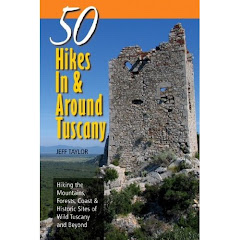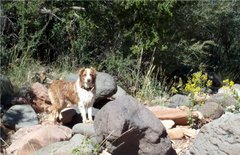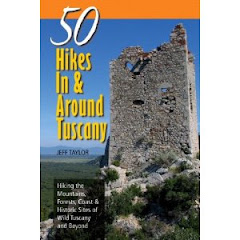Distance: 4.2 miles (6.8 km) mround trip
Difficulty: Moderately Strenuous
Elevation: 2400 - 3480 feet (730 - 1060 m)
Season: October - May
Located about 7 miles south of Wickenburg, AZ on the Vulture Mine Road is 3680 foot Vulture Peak. This ancient volcanic plug stands like a sentinel above the Sonoran landscape. The trail to the top is relatively short, but very steep.
The trail begins at the Vulture Peak trailhead. There is a 4x4 road that will take you 1.4 miles further, but it is a very rough road and not really recommended for most. However, this first 1.4 miles of the trail is a very pleasant and relatively easy stroll through the Sonoran vegetation and across several nice washes.
When we were there, a green carpet of sprouts following the recent rains covered the ground and many xeric plants, such as the ocotillo and brittle brush has begun to sprout new leaves.
Upon reaching the 4x4 road trailhead, the trail immediately begins its nearly vertical ascent to the saddle on Vulture Peak above. In just 0.7 miles, the trail climbs over 800 feet in elevation. As it switches back and forth up the rocky slopes, the 5,000+ foot Harquahala Mountains appear as a broad dome on the western horizon.
The steepest and roughest section is right before the saddle, where the white strains of raptor droppings are left on the rocks and a large next is visible. At the saddle, you now have views east toward the Valley of the Sun and all the way across to the distant Four Peaks and the White Tanks Mountains. The large white domed football stadium in Glendale is even visible.
For those who are adventurous, another 200 foot vertical ascent will take you to the summit of the mountain for even more expansive views. However, given the difficulty of hauling a 2-year old on my back, we chose not to try it out, especially watching the other hikers butt-scooting down the chute.
Retrace your steps on the way back. Remember, that will be a tricky 0.7 mile descent, especially on the knees. But, the last 1.4 miles will be much more enjoyable.





































